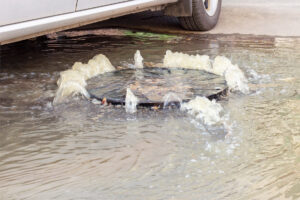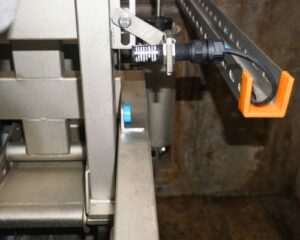Also heating systems can communicate with manufacturers and customers via the internet. Machine-to-Machine (M2M) respectively Internet of Things (IoT) technology enables the trend of equipping heating systems with communication modules to let them exchange information with smartphones and PCs. Today we take a look at modern heating solutions with a high degree of customer interaction, discuss benefits for manufacturers and present some wireless application ideas – including a video that introduces two application ideas by the Microtronics team.
Apps as key to the customer
The general trend of connecting products to the internet (also known as Machine-to-Machine communication or Internet of Things) is also penetrating the heating sector. These so called connected products offer the benefit that they can communicate both with the manufacturer and the customer. This enables for example manufacturers to monitor maintenance conditions online and customers to control their heating system remotely via smartphone.
There are already connected heating solutions available on the market. The intelligent thermostat Nest for example enables customers to control their comfort temperature via smartphone app. The heating is for example turned off when the customer leaves the house, and turned on when he’s on his way home. But also energy suppliers use M2M / IoT technology to offer apps for the connected heating.
Why manufacturers shouldn’t miss the trend of the connected heating
The benefits of connected heating systems in short:
- Direct connection to the customer without customer intervention
- Constant product optimisations
- Optimisation of maintenance schedules
- Offering special web services
- Increased customer loyalty
- Additional revenue streams (e.g. accessories, maintenance contracts)
- Minimisation of breakdowns
- Quicker reaction to breakdowns due to alarming
The more connected products spread, the more they change customers’ expectations. In a lot of businesses it is absolutely normal to use smartphone apps or other web services to get information and services at the touch of a button. Products have to suit modern consumer behaviour to become successful in the long run.
One of the biggest advantages connected heating systems offer is the insight into user behaviour. The gained insights can be used for product optimisations. M2M / IoT technology establishes a direct connection between the manufacturer and the customer. Relevant information is transmitted via a cloud system. The information can be analysed and documented. This enables manufacturers to monitor maintenance conditions online and to offer special maintenance contracts. Also the offering of accessories and repair parts is easier since you know what your customers need.
Web services are another benefit connected products offer. These are smartphone apps or websites that offer special services. So customers can monitor their consumption values, control their heating system or order stuff via app. Maintenance apps can for example be offered for “heating guarantees”. Additionally special tariffs are possible.
Application ideas for the connected heating
There are various application options for connected heating systems. In the fields of maintenance for example automated alarms are forwarded to maintenance personal via SMS or e-mail and maintenance routes can be optimised. Heating material can be offered at special tariffs and ordered via app. Also accessories like thermostats can be offered via app. Insights into the user behaviour help to optimise the energy consumption. Furthermore apps that enable to control heating systems remotely are very popular.
In this video we show to special applications that were created by members of the Microtronics team:

Mit dem Laden des Videos akzeptieren Sie die Datenschutzerklärung von YouTube.
Mehr erfahren


